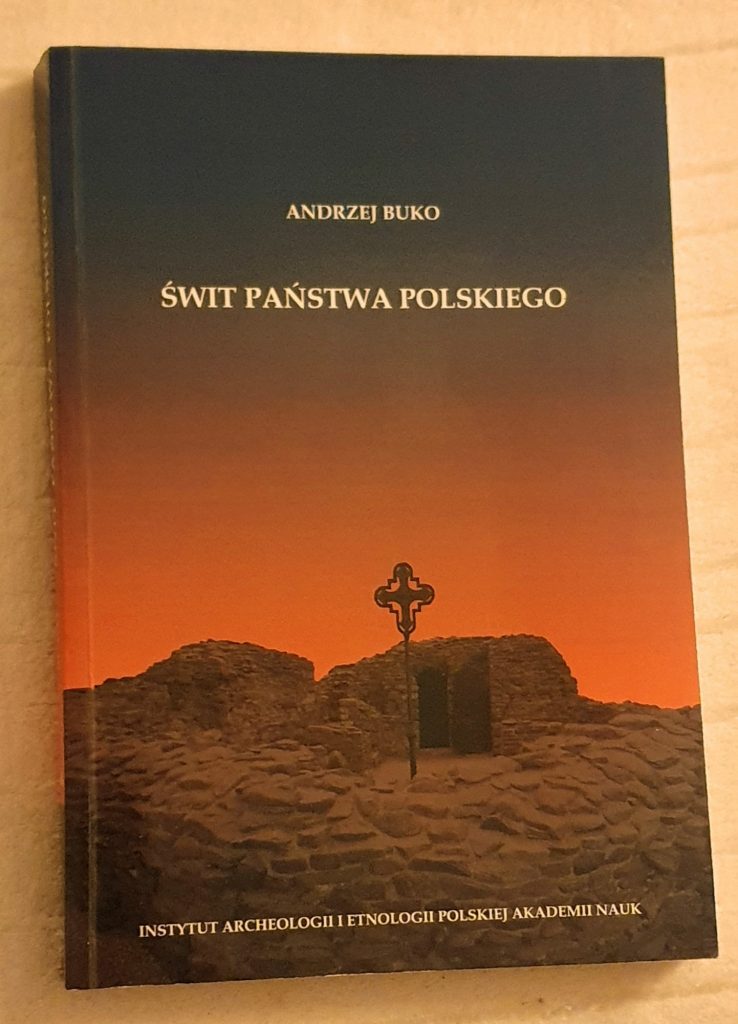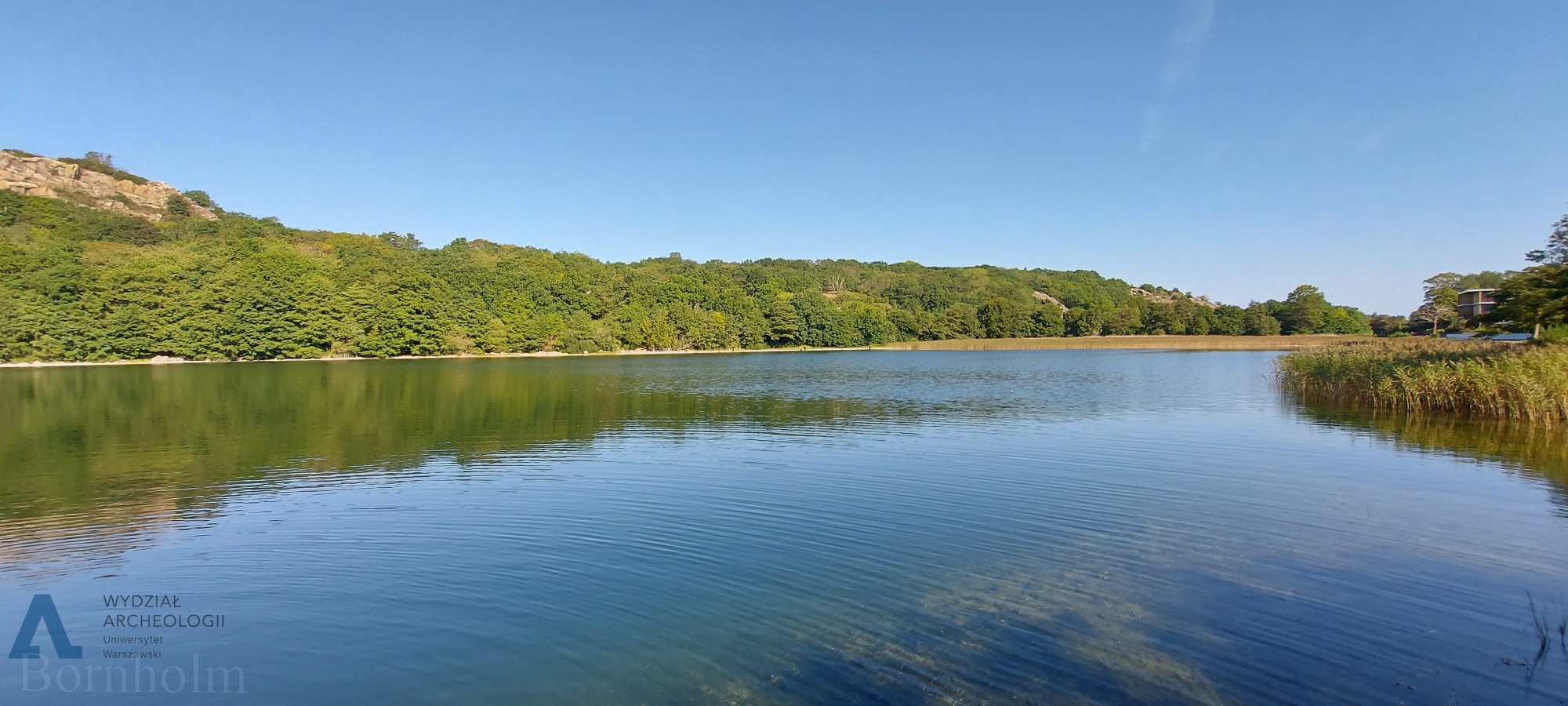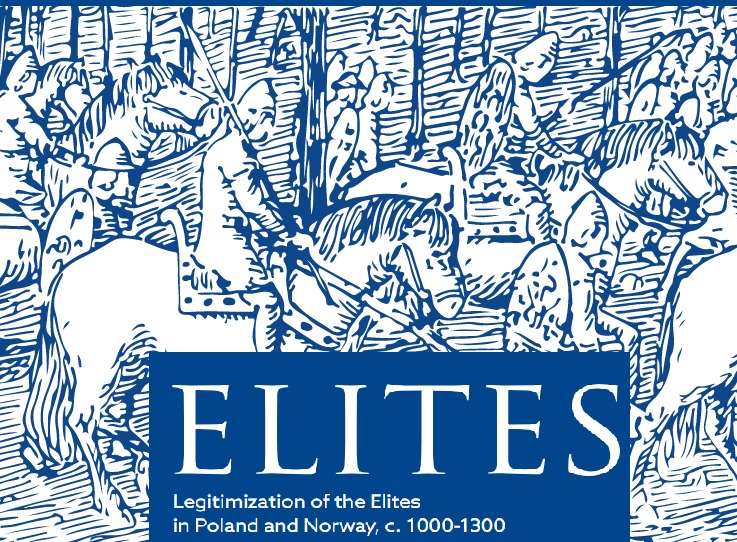The circumstances surrounding the birth of the Polish state have been a source of fascination for a long time. Currently there are a number of research projects, conferences and individual studies that are looking at this issue in an interdisciplinary way. However, there are still many questions.
The book The Dawn of the Polish State, both to professionals and to the wider audience, shows a colourful picture of the past from a thousand years ago, but also illustrates the contribution of archaeology to the exploration of the roots of the state, Poland and Poles.

Continue reading “The dawn of the Polish state”





